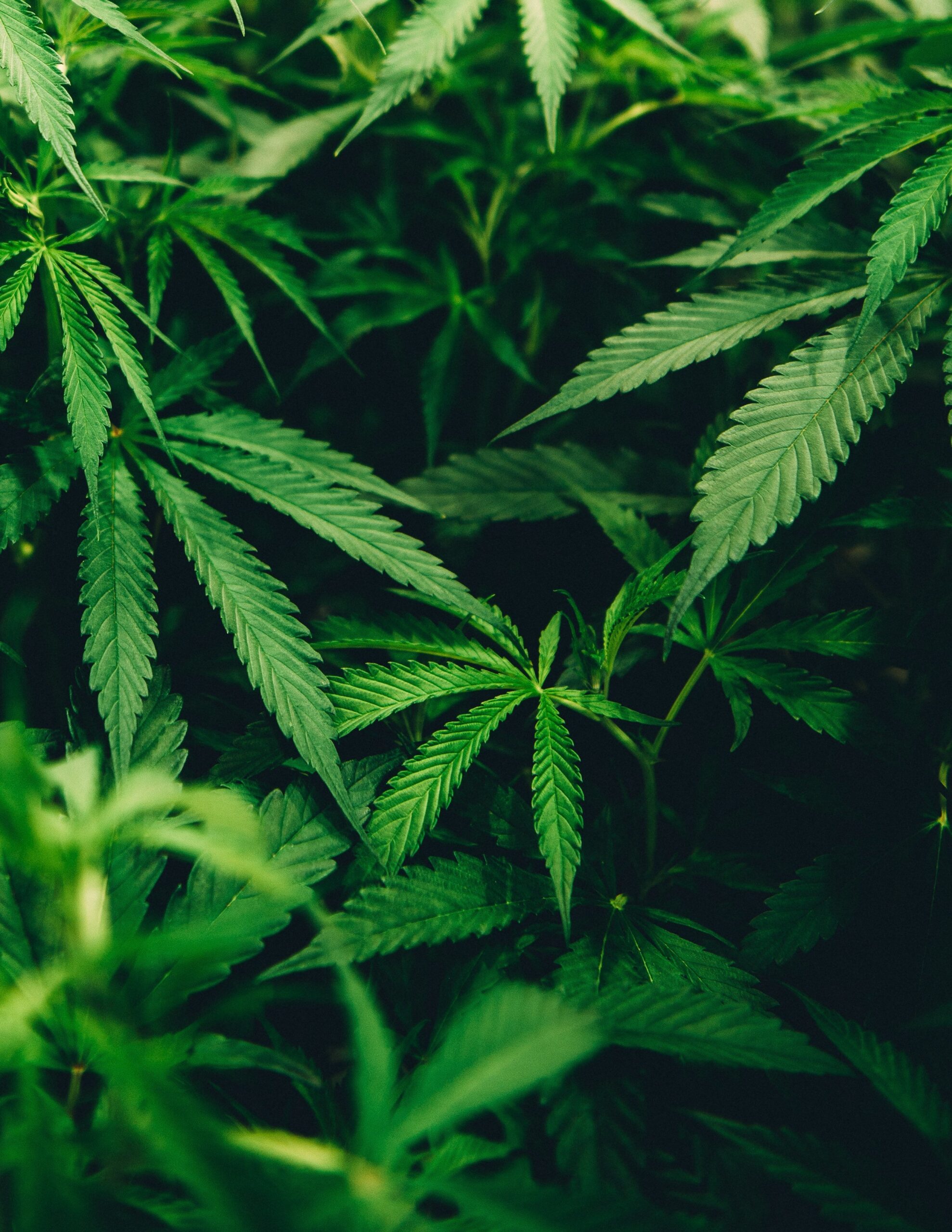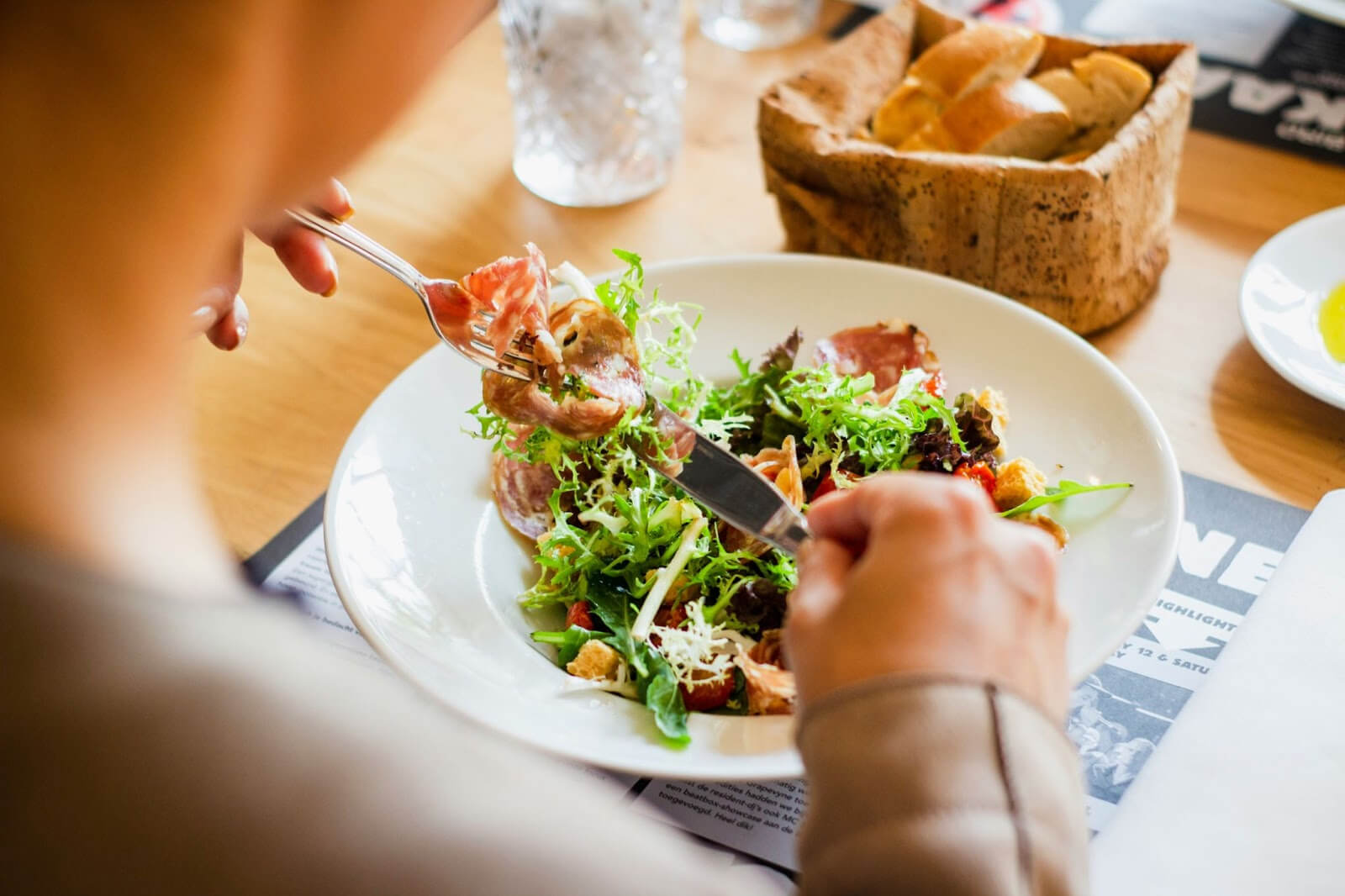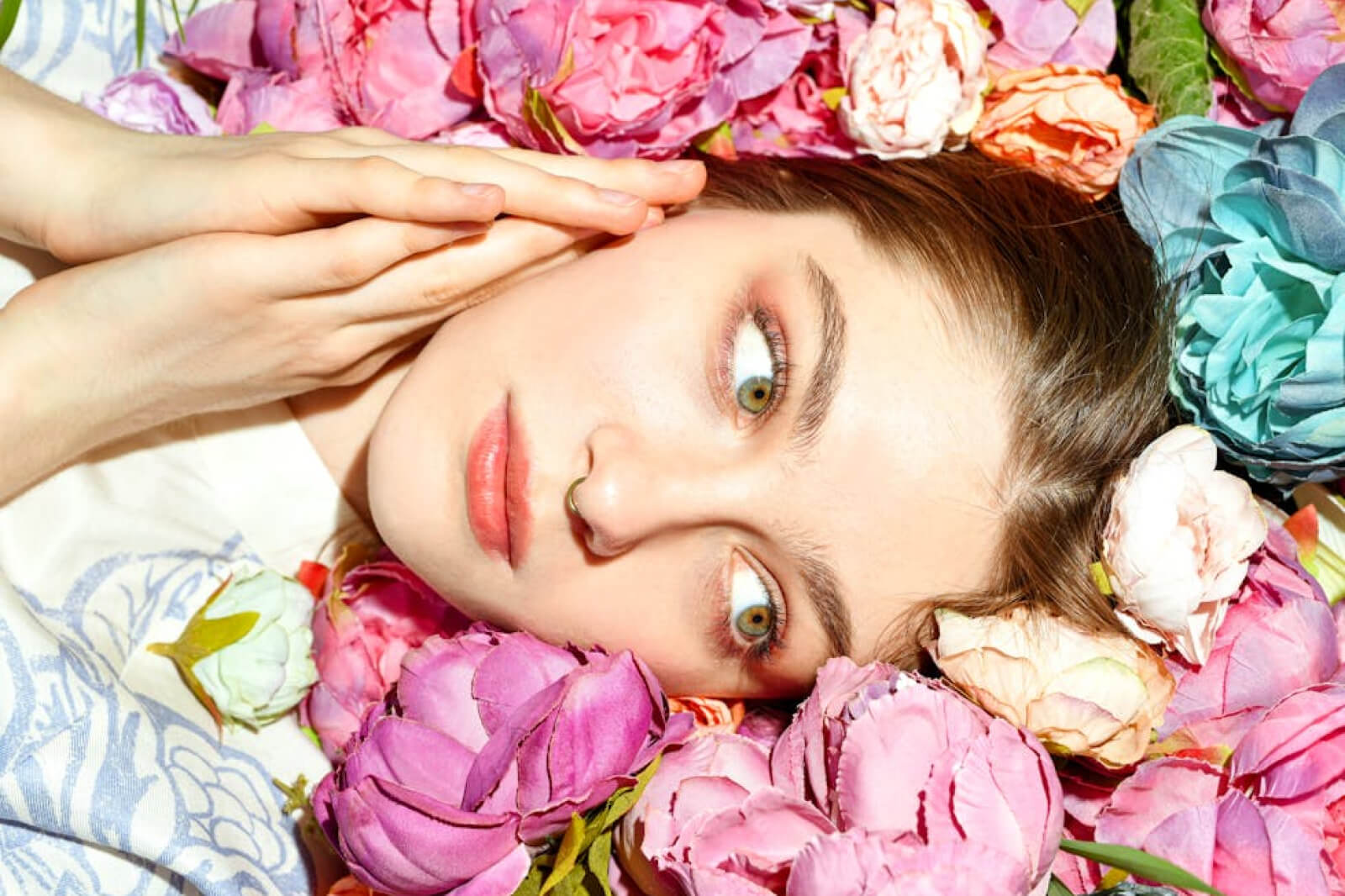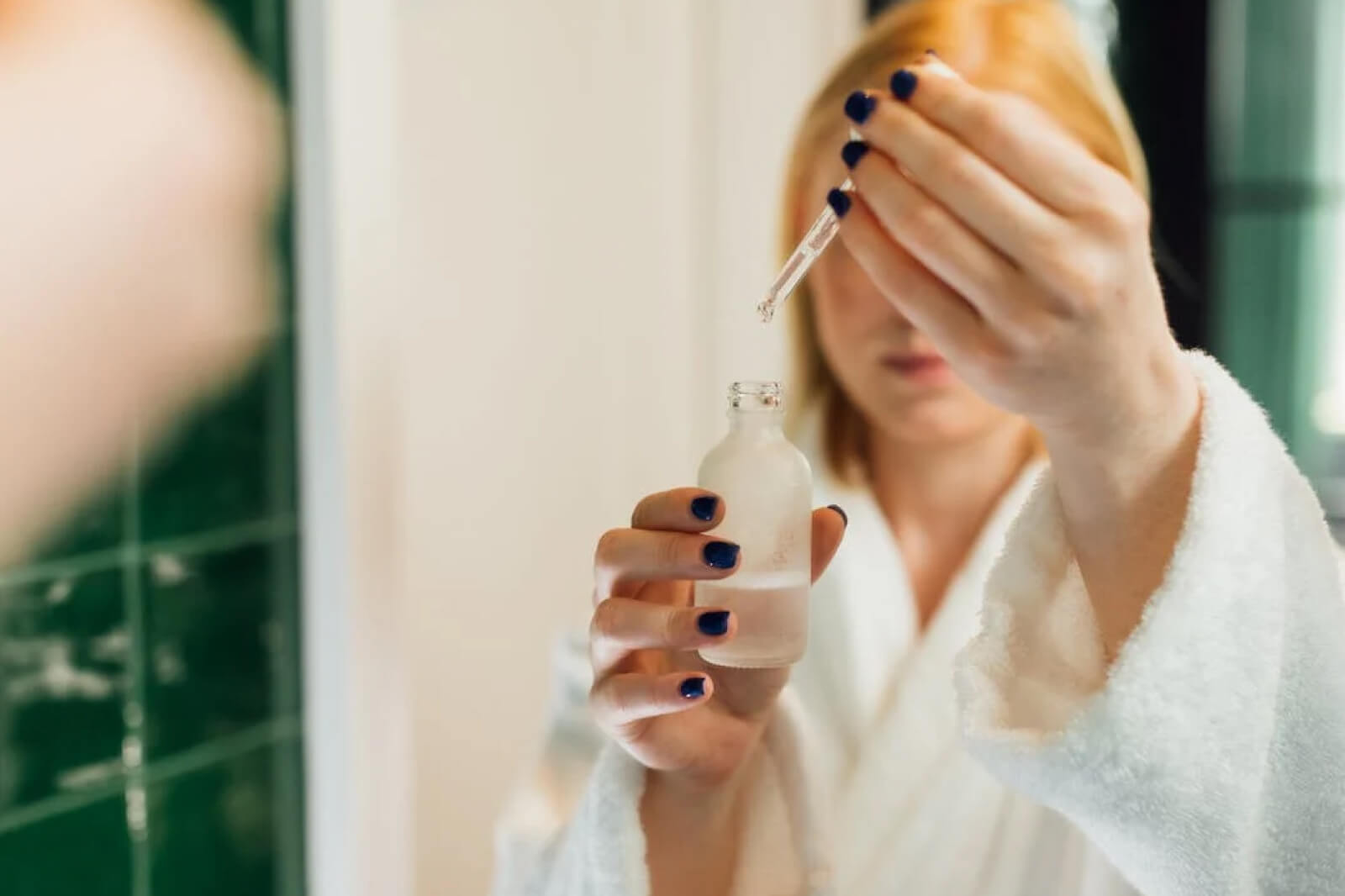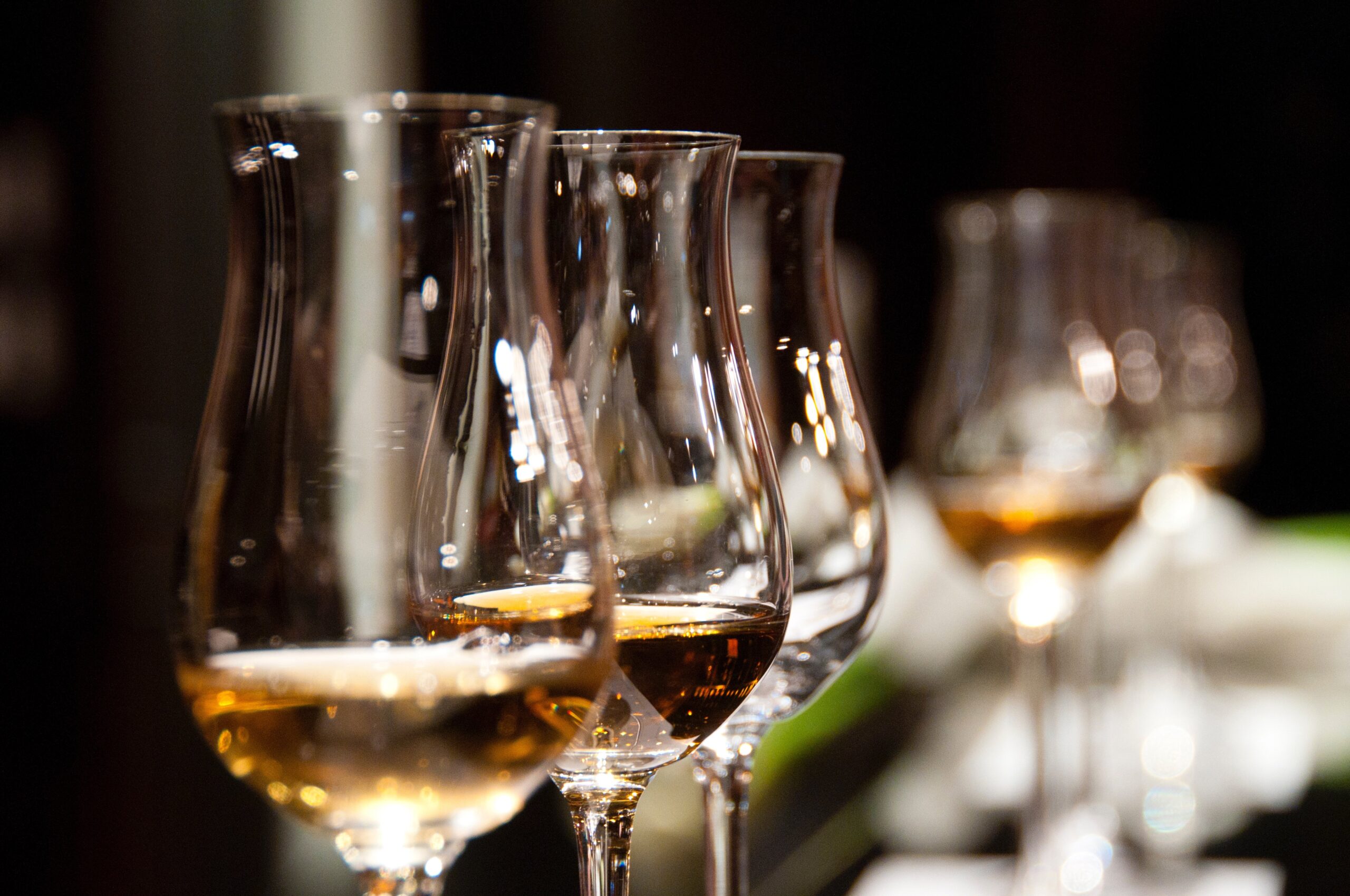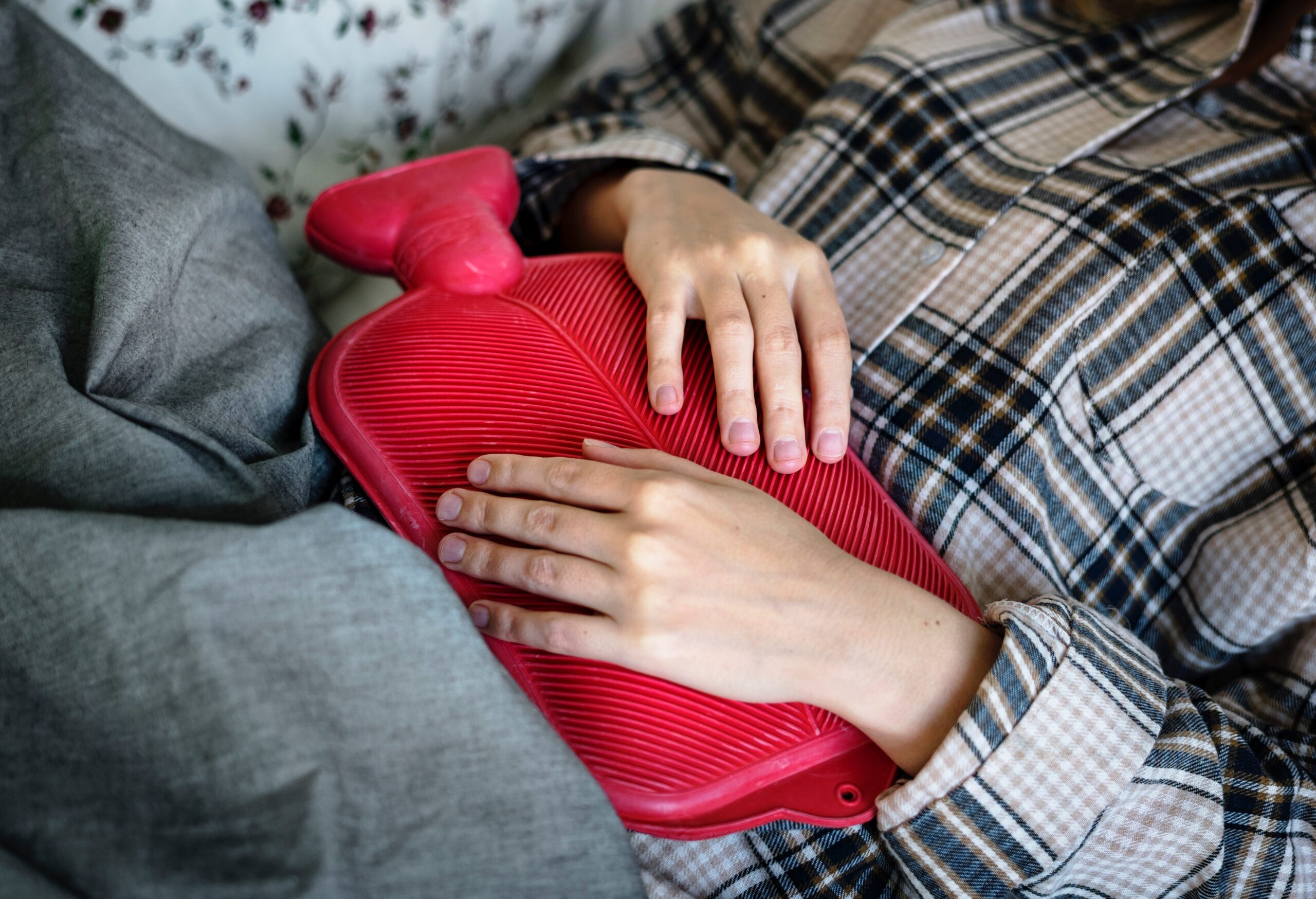The first time I heard about CBD was in a Dry January thread on Facebook. Someone wrote a comment along the lines of, “Dinner with the in-laws tonight, glad I have my CBD!” My first thoughts were, “Where do I get some?” and “What is it?” — in that order.
A couple of hours of googling led me to sketchy e-commerce sites and marijuana legalization blogs. What I gleaned was that CBD, short for Cannabidiol, is a naturally occurring, non-intoxicating compound that can be extracted from cannabis (and “hemp,” but more on that later…) and has been used successfully to treat anxiety, seizures, neuropathic pain, and many other health issues. I’m a professional researcher and I was perplexed at the lack of solid information available online.
Luckily, not long after, I met Jenny Argie, a CBD educator and the owner of the company Baked at Home, which sells organic CBD infused products like coconut oil, ginger tincture, and skin salve. Jenny squinted at the tiny bottle of “CBD” I had managed find at a vape shop and asked her to check out for authenticity. After a long pause, Jenny handed it back to me and said, “I don’t even know what this is.”
That was over a year ago. Now, better data on CBD is trickling out. However, even stringently fact checked outlets such as the New Yorker magazine and The New York Times still get it wrong. A 2018 article titled California Makes Marijuana a Wellness Industry offered this description: “CBD offers a “body high” that doesn’t affect cognition,” illustrated with a CBD gummy perched on a woman’s tongue like an acid tab. Nope. You could ingest a water cooler full of CBD and you wouldn’t feel “high” in any way, nor would you start gushing about a double rainbow.
So, what is CBD and what does it do? Part of the confusion is a function of terminology. Here’s a primer:
Cannabis sativa
Recreational and medical cannabis and hemp are all strains of this plant species. Industrial hemp, which has extremely low levels of THC (the psychoactive substance that makes you “high”), is used to make cloth, rope, paper, and other products.
Cannabis
The commonly used term for the types of Cannabis sativa that have an intoxicating effect because of their high levels of THC – this includes Cannabis indica which may be its own species or a subspecies of Cannabis sativa, but we’ll leave that to others to debate. Also known as marijuana, weed, herb, etc. etc.
Cannabinoids
Active chemical compounds in cannabis. Tetrahydrocannabinol (THC) is the most common and well researched of these but there are more than 100 other different compounds which interact with receptors in the body and affect the release of neurotransmitters.
Cannabidiol (CBD)
An abundant cannabinoid, CBD can account for up to 40 percent of a plant’s extracted cannabinoids. Legal CBD (remember, cannabis is a schedule one drug which means its federally illegal despite that fact it’s been legalized in some states) is extracted from industrial hemp that contains 0.3 percent or less THC. Some advocates say that full spectrum CBD (i.e. extracted from plants that would be otherwise classified as weed) is more effective. You can only purchase full spectrum CBD in states where recreational and/or medical marijuana is legal.
CBD from industrial hemp plants contains such a miniscule amount of THC it will not produce any psychoactive effects whatsoever. Full spectrum CBD extracted from strains of cannabis sativa that do contain more THC might be intoxicating, so read the label carefully. A CBD/THC ratio of 20:1 will not get you high if dosed properly, but a 2:1 ratio might.
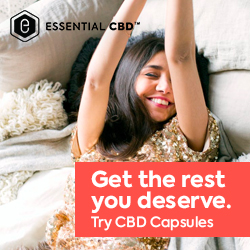
Endocannabinoid System (ECS):
The ESC is a group of receptors within the central and peripheral nervous system that are located throughout the body. Studying the ESC is a fairly new field of research but it’s thought that its purpose is to normalize body functions and regulate the balance of physiological processes like pain, appetite, and mood, and so on. Cannabinoids, like CBD and THC, interact with the ECS which is why they have such a broad range of effects (impacting hunger, memory, sleep, nausea, inflammation, to name a few).
How CBD is used
If you pick up a advocacy book about CBD, you may read it cures everything from irritable bowel syndrome to ADHD to psoriasis. Perhaps that’s all true, but much research still needs to be done. What has been fairly well established is that CBD:
- Reduces anxiety
- Helps reduce some kinds of seizures
- Acts as an anti-inflammatory
- Eases neuropathic pain
- Is an antipsychotic
CBD shows promise in: clearing up acne, reducing the craving for tobacco, alcohol, and opioids, treating type 1 Diabetes, regulating metabolism, relieving nausea, lowering high blood pressure, and preventing Alzheimer’s Disease. In animal studies, CBD has retarded the growth of cancer cells. There are other areas of ongoing research as well. All this is exciting, but not many doctors have a clue about CBD. When I asked my psychiatrist (who is very compassionate, an astute diagnostician, and has an encyclopedic knowledge of pharmaceuticals) what he thought about CBD and anxiety, he looked at me like I was speaking Martian.
This means that figuring out how to use CBD is up to the individual patient. There are many delivery systems for CBD—smoking high-CBD bud, vaping oil, eating it either in capsule form or in a food item such as oil or honey, administering drops as a sublingual tincture, and using a transdermal patch. Smoking or vaping offers the most bio-availability because the CBD goes straight into your bloodstream, while eating CBD products is the least efficient since the compound has to go through your digestive system before entering the bloodstream, but it’s many people’s preferred method anyway. It’s really up to what you feel most comfortable with.
Start with the smallest dose, only a couple of milligrams two or three times a day, and gradually increase the amount until you achieve the desired effect.
There’s a sweet spot with CBD which means that more isn’t necessarily more. A high dose can be less effective than a mid-sized dose. It sounds complicated, but, to put it in human terms: both my husband and I use CBD for chronic pain and inflammation and it took each of us only a week or so to get the dosage right. He prefers stirring CBD-infused coconut oil into his tea and I like the simplicity of a tincture.
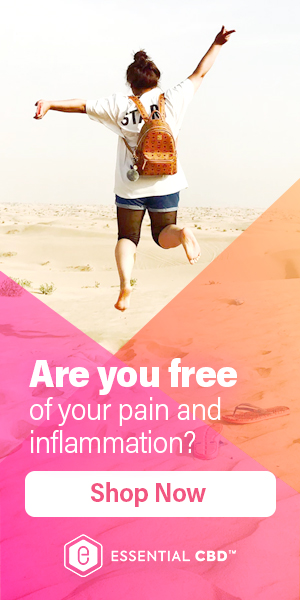
If you have a serious medical condition it’s critical to discuss CBD to your doctor before trying it, the compound does interact with a number of pharmaceuticals such as blood thinners and statins—not drugs to mess around with. Other than that, it has been shown to have few, if any, side effects (although being upfront with your doctor about any kind of supplement use is a good idea). Unlike opioids, you can’t die from taking too much CBD—nor from THC, for that matter.
It’s easier to buy CBD products in states that have legalized medical or recreational marijuana. Look for organic CBD. If you are buying a disposable vape or vape oil, make sure the CBD has been C02 extracted which is the safest process. Online retailers can ship CBD products to all 50 states. In addition to Baked at Home, other quality brands include: Wildflower, Plant Alchemy, and Green Mountain CBD (There are plenty of lists on the top CBD oils online.)
Humans have used cannabis as medicine for millennia—fossilized leaf matter has been found in pottery containers dating back to the Second Ice Age, which was ten thousand years ago. It was only in the 20th Century that it became illegal and was consequently stigmatized. Unfortunately, that stunted scientific research. Only now are we beginning to unlock the potential therapeutic benefits of CBD and other cannabinoids.

